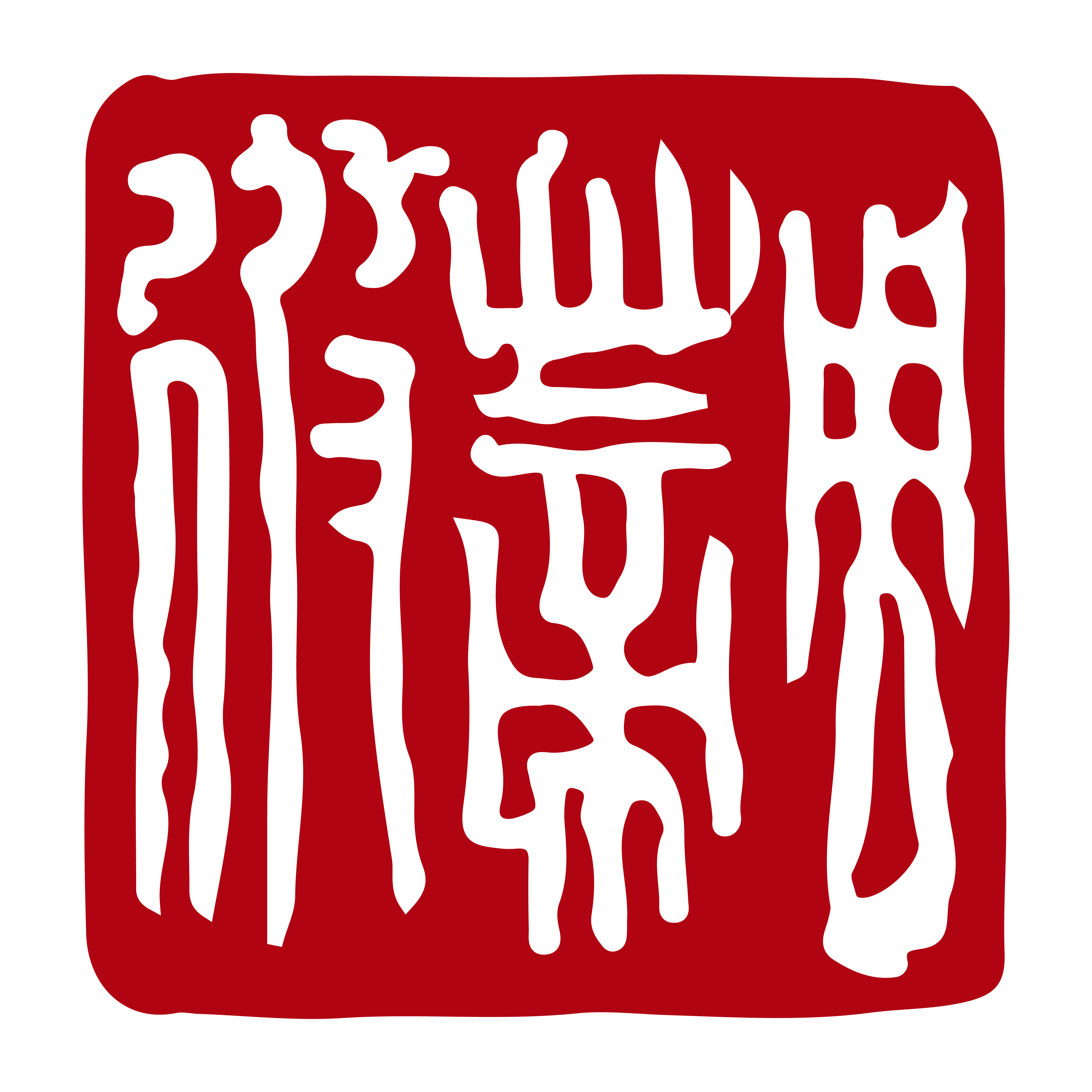The Magic of Story
Story is ancient culture, tested at many a fireplace and hearth. The people have eaten, the children are wide-eyed, their faces upturned. Someone starts a story, perhaps one old itself or from that very day, about finding a source of water, an animal encounter, a veteran tree, planting seeds. Perhaps about a difficult choice, what was right and wrong. Maybe a great moment of transgression in life, a child given responsibility over the horses, a young woman about to give birth, an elder preparing to lead a death ritual.
Story was always about guidance. It tells us how to live well. It tells us of journeys, both inner and outer. It is intended to create agency, to encourage individuals to feel they can make the right kinds of choices for thought and action. The Navajo-Diné storyteller, Yellowman, said, “If children hear stories, they will grow up to be good people.”
You spell a word, a sentence, a story. And a good story itself is a spell, a magic charm. Stories are fairy tales and medicine. They can heal by bringing people together.
All story contains archetypes. These are patterns of individual and community change that we recognise from our own life experiences. They are common to all cultures. The hero/heroine is in the dark, does not know what will happen next. A wise trickster character appears, a threshold guardian, and tells them they must get in a new game. They are reluctant at first, yet decide to go – for this is going to be their story. The hero/heroine journey starts, adventures and uncertainty follow. There are antagonists stronger than them, monsters to slay, an elixir to find, and then the return home.
We find such archetype stories in rags-to-riches tales, rites of passage, a monster in the house or sea, the heroic journey, the quest for a golden fleece, slaying the monster, voyage and return, the thrilling escape.
Story is a portal to a new hinterland, a wide meadow. It opens a crossing point from ordinary world to special world. It creates space and time, it helps foster innovation.
A story is also a common, it expands with telling, with the song. We hear there is glamour in those mythic tales, even when the ends are known. The poet Gary Snyder wrote, “Stories keep us going.”
Story for Crisis and Opportunity
These days, we find ourselves in the midst of world-spanning crises of climate, nature and social inequality. All three have the same proximate causes: a type of economy that promotes too much material consumption and a dangerous reliance on fossil fuels. Something is about to change. Yet we have never been here before. We are in the dark forest, at our darkest hour, and there does not seem to be a path.
There emerges a need for new forms of story-telling, combined with a language of kindness and generosity. Kindness is both our common state and best response to threat. It is selfishness that is the outlier.
What kinds of language and values might we use to find our ways out of these deep woods? Berthold Brecht wrote in 1939:
“In the dark times, will there also be singing?
Yes, there will also be singing. About the dark times.”
A burnished fisherman, a famed skipper of the drifters and trawlers from the east coast, said recently, “You know, in those days when we had the fishing, there was more kindness and generosity here, we travelled over the sea to other ports and seaside places, and came back with gifts and stories” [in Sea Sagas of the North, Jules Pretty].
The ecological collapse of fisheries led directly to social and cultural change on the coasts, and people lost their friendships with others across the North Sea and eastern North Atlantic.
We now need stories with hope, and then to find a way to use these to create greater and more effective agency to address the great crises of these times.
Rebecca Solnit in her Hope in the Dark has written, look not for hope in the limelight, but in the flickering shadows and margins. Hope is located in uncertainty, we do not know what will happen and so our actions matter. When you act with hope, you soon find others: hope helps us move from the individual to the collective. We can be amazed by the peach blossoms on the far hill, and then work together to care for them.
In the Tao Te Ching (written 2500 years ago, translated by poet Gary Snyder) we find this observation:
“The best things in life, Are not things.”
 Jules Pretty
Jules Pretty
